In German, it’s Das Regenschirm. In Britain, it’s known familiarly as a brolly. A shade, or a ghost, is an umbra in Latin. However you say it, the umbrella carries with it a host of hidden meanings. A relatively recent invention—at least in the timeline of human history—it used to signal gauche manners. In modern times, it’s an essential accessory that is a sign of preparation and a bit of style.
Singin’ In The Rain (1952)
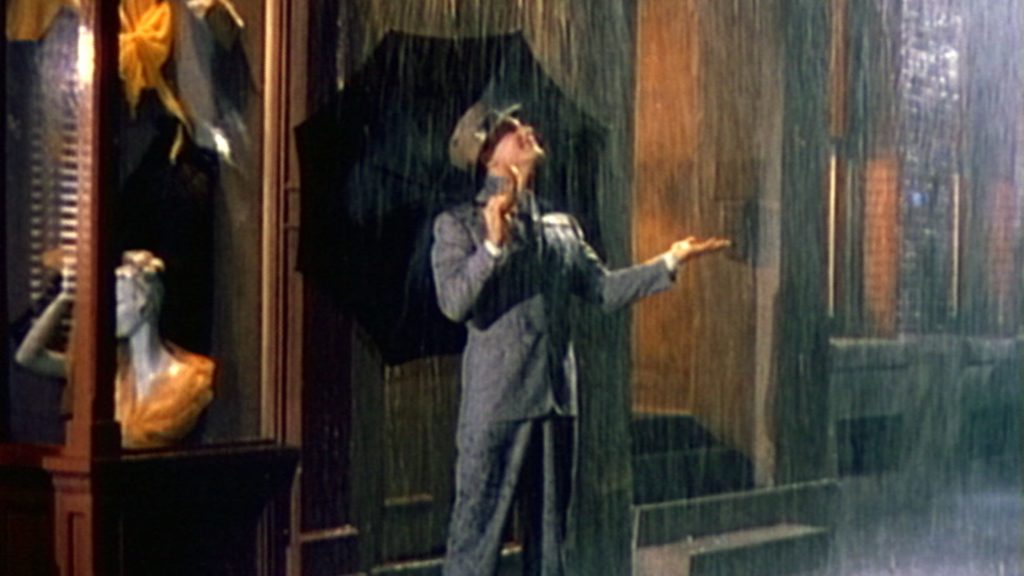
During the eponymous number, the radiant Gene Kelly splashes and plays on a rainy street corner. He ignores the foul weather instead turning it into a playground. His umbrella becomes a toy and is used for anything but keeping the rain off his back.
The Avengers (1962-68)
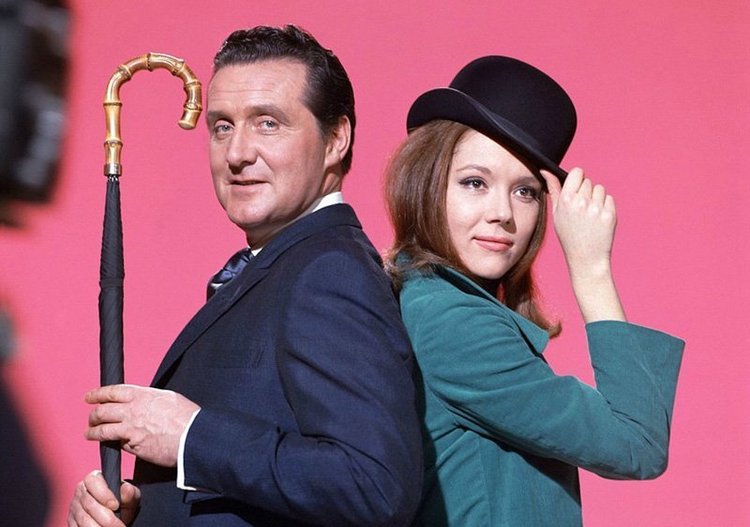
Before The Kingsman, there was The Avengers. A pithy, mod British spy television show, its male lead (Patrick MacNee) carried a black umbrella fitted with a hidden gun. Like a gadget from James Bond’s Q, the umbrella went with him everywhere, got him and Mrs. Peel (Diana Rigg) out of many scrapes, and always kept him looking dashing.
The Umbrellas of Cherbourg (1964)
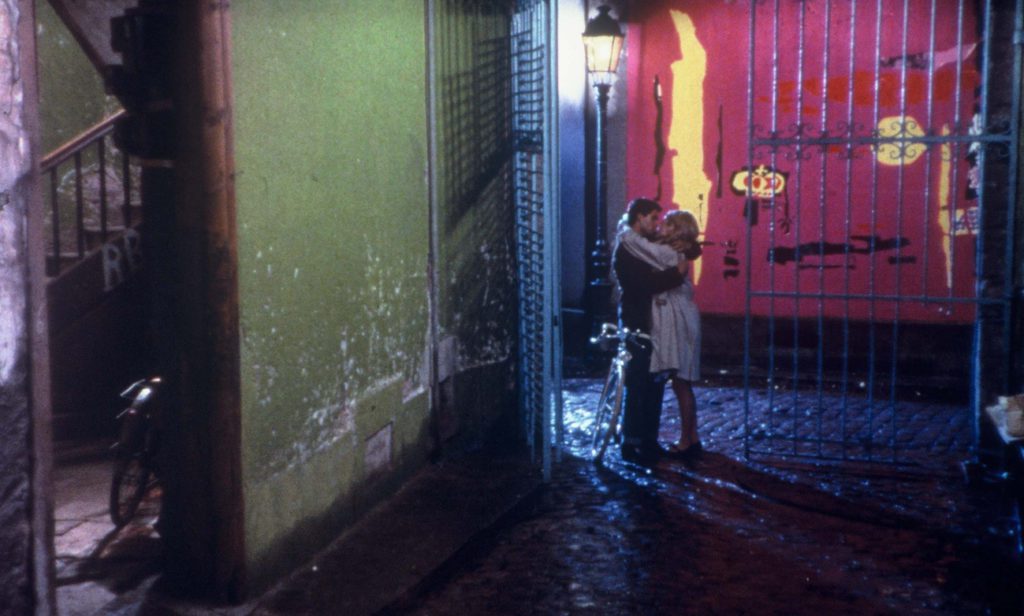
A sort of pop-art musical set in an umbrella shop, this film is full of bright color and lilting songs. Like Moulin Rouge it centers around a young couple that have to navigate the competing interests of love and life. It was nominated for five Oscars.
Mary Poppins (1964)
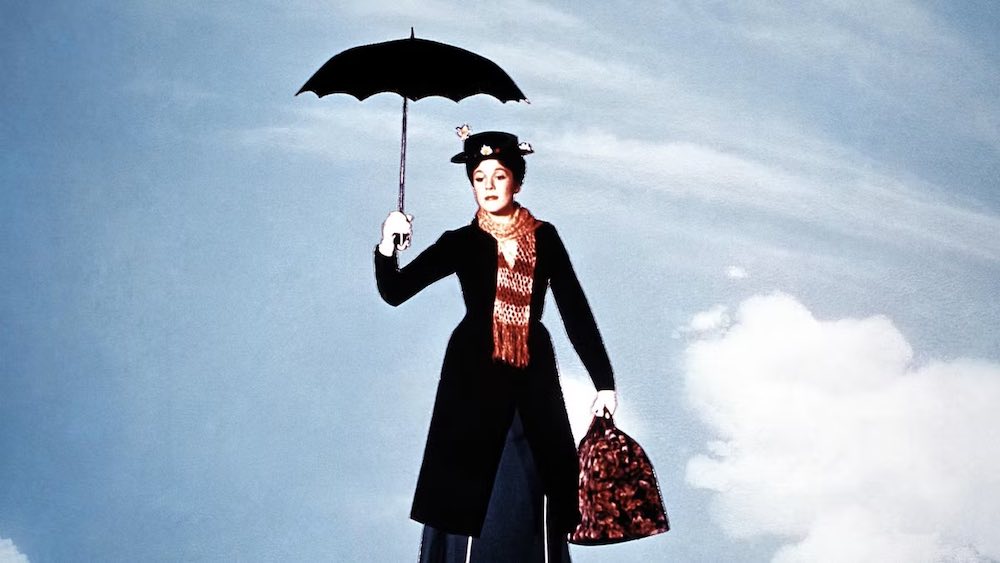
Perhaps the most famous umbrella of all belongs to a woman named Mary Poppins. She floats in to Edwardian London to become a governess. She, her chimney-sweep friend Bert, and her two charges engage in delightful escapades, always with the talking umbrella at her side.
My Fair Lady (1964)
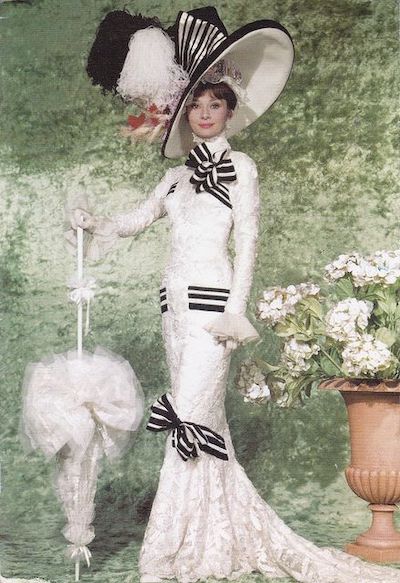 In the early 1900s, high society women kept their delicate complexions safe from the sun with parasols. These intricate, decorative umbrellas were useless against the rain but kept direct sunshine off the face, and had the glorious side effect of a lovely, flirtatious glow around the lady. No one—not even guttersnipe Eliza Doolittle—would go to the Royal Ascot without one.
In the early 1900s, high society women kept their delicate complexions safe from the sun with parasols. These intricate, decorative umbrellas were useless against the rain but kept direct sunshine off the face, and had the glorious side effect of a lovely, flirtatious glow around the lady. No one—not even guttersnipe Eliza Doolittle—would go to the Royal Ascot without one.
Picnic at Hanging Rock (1978)
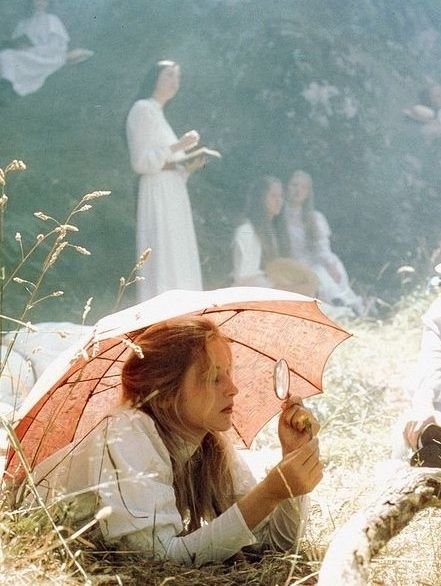 Young women in an Australian boarding school had to be especially careful of the outback’s burning sun. Director Peter Weir uses lacy parasols and a soft palette to great effect in this unsettling and mysterious drama of missing girls. Parasols become the perfect metaphor for a thin veil between wild nature and prim and proper society.
Young women in an Australian boarding school had to be especially careful of the outback’s burning sun. Director Peter Weir uses lacy parasols and a soft palette to great effect in this unsettling and mysterious drama of missing girls. Parasols become the perfect metaphor for a thin veil between wild nature and prim and proper society.
Originally written for DVD Netflix
